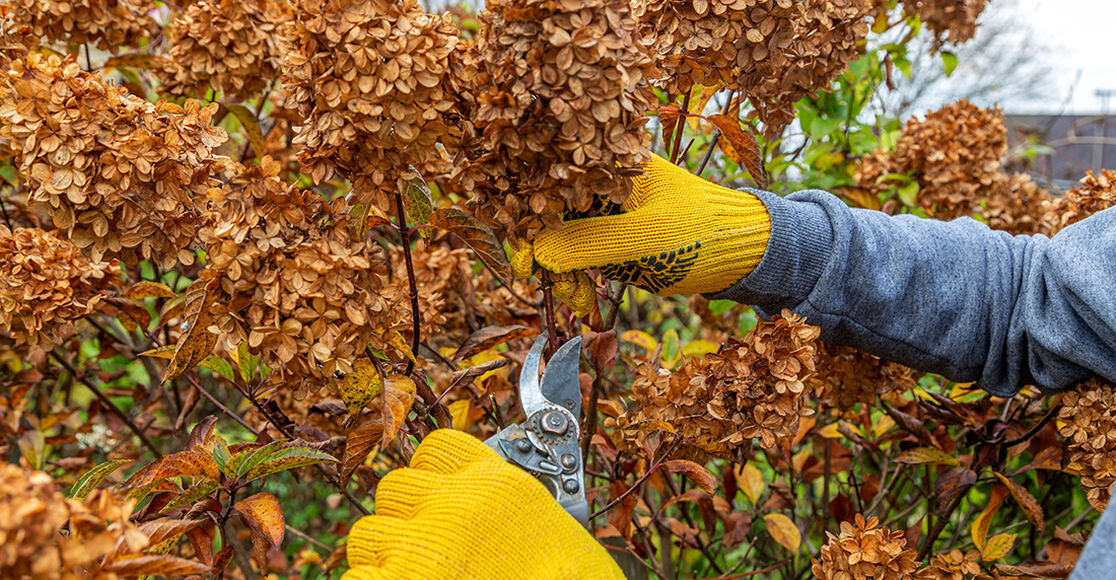Hydrangeas are a popular flowering perennial plant that many people enjoy for their lush foliage, relatively low maintenance, and beautiful, stunning display of flowers. Often beloved because of their showy blooms, hydrangeas that don’t bloom well may be a cause for concern.
While there are a few reasons this can happen – such as inadequate sunlight or less-than-ideal temperatures – one of the big reasons may be incorrect pruning.
That’s because many varieties of hydrangeas bloom on old wood or the previous year’s stems. Therefore, pruning these stems can limit the number of future blooms. A few varieties that bloom on old growth include Mophead, Big Leaf and Lacecap hydrangeas.
However, there are other species of hydrangea that bloom on new growth, and some species, such as Endless Summer, that bloom on both old and new growth.
When is the best time to prune hydrangeas throughout the year? In general, hydrangeas that bloom on old growth should be pruned in late winter or early spring, while the leaves are not actively growing, but there is evidence of tiny leaf buds forming on the wooded stems.
To prune hydrangeas, you’ll need a hand pruner, such as a bypass pruner, to trim smaller stems, and a lopper or trimming saw for larger, thicker branches.
Prune the stems at a point right above any tiny new leaf buds that have appeared, removing no more than a third of the stem’s length. Keeping these new buds is essential when pruning hydrangeas, as they will provide growth and blooms for the upcoming season. Cutting the wooded ends may also mean removing dried blooms that have overwintered on the plant. Dead or damaged stems without any evidence of new growth buds can be removed all the way to the ground.
When trimming hydrangeas, consider the size and shape of the plant, as well as its growth pattern. You may want to eliminate branches that are reaching across the plant or crossing over other stems. This helps to prevent disease and may also help maintain the ideal shape of the shrub.
Hydrangeas that bloom on new growth, such as smooth and panicle hydrangeas, can be pruned in the fall after blooming has ended and once the plants have gone dormant, or in early spring. And for varieties such as Endless Summer, which bloom on both old and new growth, spent blooms from earlier in the season can be pruned – keeping in mind that this pruning may also limit the total number of future blooms on the plant.
When in doubt about whether or not to prune a hydrangea and when is the best time to do so, be sure to consult instructions applicable to the particular variety of hydrangea.
